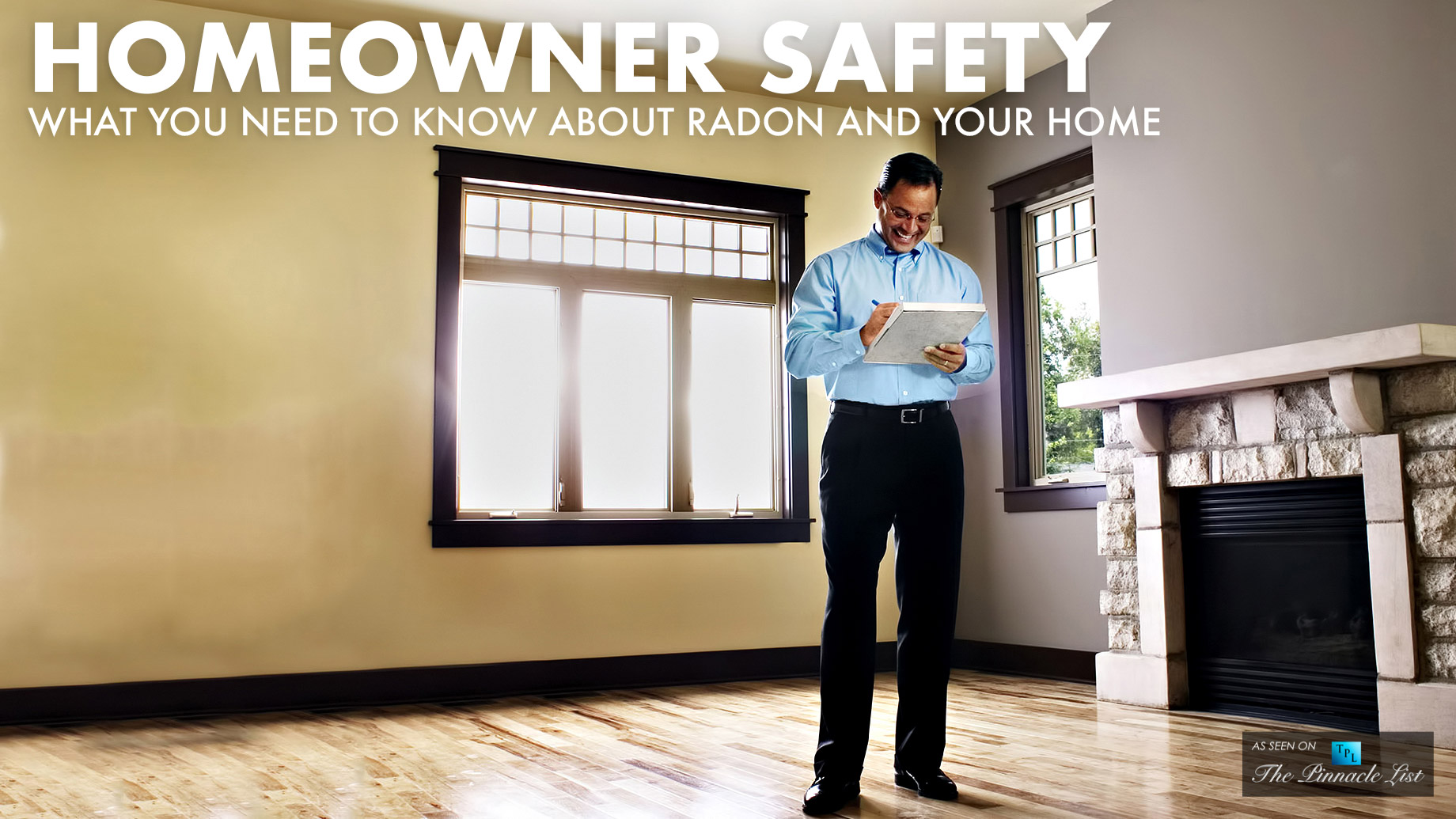
If your home is up for renovation or modifications, you’ll likely do a bit of checking if your house is still structurally sound, your utilities are in order, and your appliances and furniture are still working. These steps are essential for your home care. If you want to take your home care up a notch, however, you might want to consider checking your home for any signs of radon. Not a lot of homeowners realize this, but the impact radon could have in your home can be very detrimental if high levels are present and you don’t notice anything. Just what is radon, and how can it affect your home?
Radon: Just What Is It?
If the goal is to help you realize just how much of a threat radon could be in your household, it might help to know what it is first. Radon is a gas that is produced as a result of radium undergoing radioactive decay. As such, radon is also considered radioactive because it decays to form polonium, which in itself can cause damage to lung tissue and hence can contribute to the development of lung cancer in the human body.
But don’t panic yet. Radon in itself is naturally present everywhere, albeit in small amounts. They’re in soil and rock and can be carried through natural gas, air, and water. Some types of rocks can produce higher-than-average radon levels. Given its odorless, colorless, and tasteless, radon can be pretty hard to detect, except with special tools.
Radon and Your Home: What Can Happen?
If you want your next home renovation session to be something that can improve the overall safety of your home, you might want to consider making sure your home is safe from the negative effects of radon. Here are some facts about radon and its effects.
- What are the other properties of radon? Radon is extremely radioactive, and it’s nine times denser than air. Given it’s a gas with a single atom, it can easily penetrate things such as paint, low-density plastic, leather, paper, concrete blocks, and even wood paneling.
- How is it produced? Radon can’t be “produced” like a commercial product. It’s naturally occurring as a result of the radioactive decay of the element uranium. It’s normally found in soil and igneous rock.
- Does radon have any uses? It does, actually. Radon is being used in different industries. For instance, it can be used to influence and initiate chemical reactions. It can help study surface reactions as a surface label. Radon is even used in spas for its apparent “medical” effects.
- How do I get exposed to it? Exposure to radon normally happens through ingestion and inhalation, and radon in various parts of the home can enter living and working spaces by disintegrating into its gaseous decay products.
- What happens if I’m exposed? Exposure to a lot of radon can be extremely dangerous to your health. Radon can affect the lungs by harming their lining, which can make it harder for air to be absorbed properly and circulated around the body. It’s for this reason that it’s considered a source of lung cancer as well.
- How do I test for radon at home? Professionals are perhaps the best kind of people to look for when testing for radon at home. There are companies such as Radonova that can test your home for radon levels to ensure that your home is safe and comfortable for your family. They can do short-term, long-term, and continuous radon testing, mostly depending on the initial testing result. It is important to note that the radon levels of your neighbor aren’t necessarily the same as yours, given radon really travels differently in various materials.
- Should we go somewhere else if there’s radon at home? Not necessarily. As mentioned, radon is a naturally occurring gas, which means a lot of homes and other settings also have different levels of radon. Professionals can help determine if your home just needs better ventilation or better plumbing in order to reduce the radon levels to safe levels. If none of the measures work, that’s only when you need to consider relocating.
The Bottom Line: Radon and Its Real Threat
With the above in mind, it’s helpful to remember that radon – while not always present at dangerous levels – is an ever-present threat that lurks almost anywhere on the planet. No one’s safe from radon, but you can take on measures to make sure your home remains safe from the threat of radon once it reaches high levels. Consider the facts above to help you get started on providing a safe and happy home for your family.